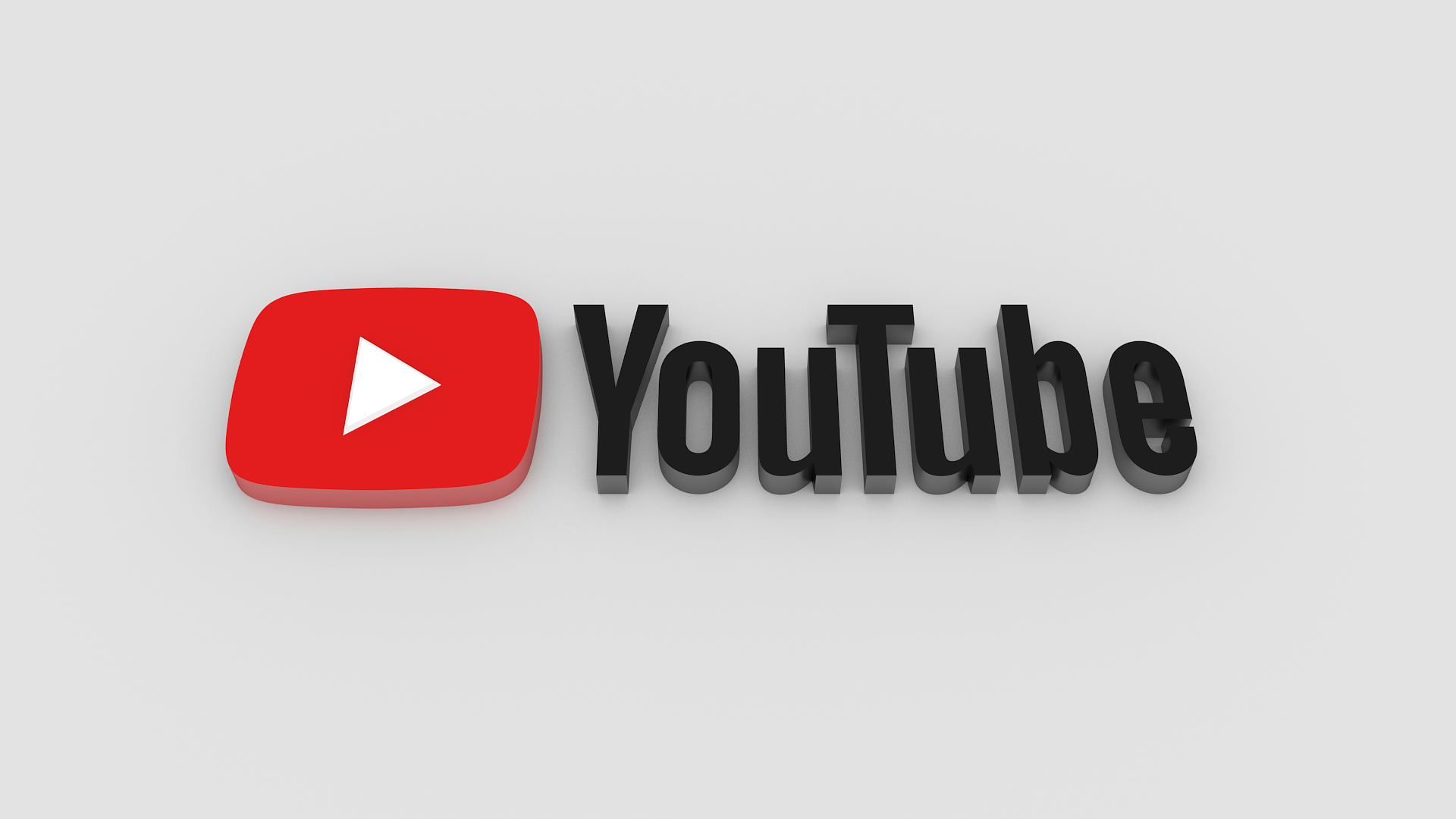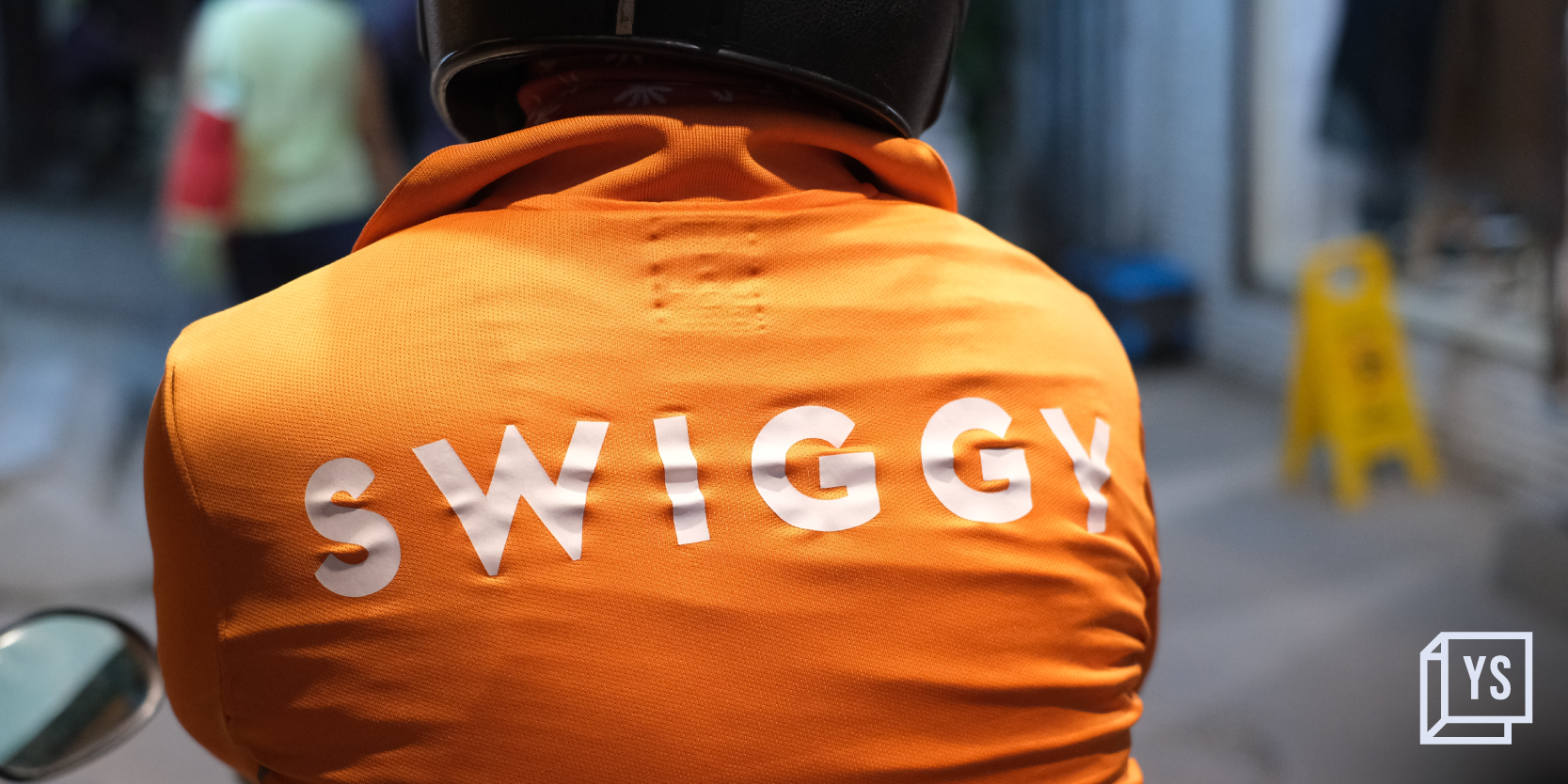Getty images are free! But there's a catch
If you can't fight them, join them. Getty Images has decided that trying to prevent or crack down on unlicensed use of its photographs is a waste of time. So they have gone and opened up their treasure trove of pictures for websites and blogs and social media enthusiasts to use freely. As many as 35 million Getty images have become free overnight, and many more are to follow. The picture displayed with this article are Getty Images which would've cost YourStory a bomb only yesterday. Today they're free to use.
This is neither a philanthropic gesture from Getty, nor a vote for freedom of the Internet, however. Getty is being pragmatic. Watermarking the licensed images on its site serves little purpose. A blogger can just go to one of the sites with a licence to use Getty images, right-click on them and download the images without watermarks. Tracking down such unauthorised use on the Web is a humongous task, and in any case most of the small sites and blogs doing this can't afford to pay up, anyway.
Will there be embedded ads too?
Rather than spend time and money on trying to punish the hordes of freeloaders, Getty has done the smart thing. It has figured out a way in which it can derive benefits from the freeloading. The rider that comes with free usage of a Getty image is that you don't download it. You only embed the image on your site, for which Getty provides a tool. You have to go to the Getty Images website, search for a photo and click on it, then find the little embed </> symbol under the picture. The embedded image comes to your site with a linkback to its source: the Getty site. There will also be tiny social media widgets under the picture, which will take a clicker to Getty's pages and not yours. And finally, Getty reserves the right to load ads on the images and even track user behaviour with its embed tool, which can subsequently be monetised through targeted advertising.
The ad-loaded picture model is already in use on YouTube, but it remains to be seen how it will work with photos. For now, Getty is non-committal: "We've seen what YouTube's done with monetizing their embed capabilities. I don't know if that's going to be appropriate for us or not," says Craig Peters, business development exec at Getty Images.
It's not clear how many websites would want to give up a part of their autonomy for the right to use Getty images for free. Web designers too may have aesthetic reservations about embedding pictures which are difficult to resize. And as for incorrigible freeloaders, will this dissuade them from simply carrying on searching for images online and right-clicking, as they have been doing all along?
Moving with the times
At the same time, being able to search the Getty archives and find top quality pictures for a blog or a lean website would be a great value proposition. The riders that come with it may seem little different from credit lines or Google AdSense. The catch is that since Getty will control how the image is displayed, it can -- some time in the future -- do something at the back end that changes the display. Maybe an ad will get displayed for a certain length of time before the image loads. This is unlikely to happen straightaway, but the possibility exists.
What's interesting though is the recognition by Getty that the Web and social media require thinking outside the box. The music industry fought for years in vain against piracy, before the iTunes model provided a via media. The Getty move may do the same for photographs. On paper, Getty maintains that their images are only free for non-commercial use. But 'commercial use' on the Web is an amorphous thing and Getty has made it clear that it only wants to restrict using the free images for ad campaigns etc. The pictures can be used on blogs or websites even if they indirectly make money from them. “The fact that a website is generating revenue would not limit the use of the embed. What would limit that use is if they used our imagery to promote a service, a product or their business,” says Peters.
Although photographers hosted by Getty may initially see this as a sellout, the fact is that they may actually earn more from their creative output now than earlier, because pictures which were simply being freeloaded could now be monetised indirectly through embedded ads. The question is whether news websites with larger budgets than bloggers and niche sites will continue to license Getty images -- for a better overall user experience and no ads -- or take the embedded route too.
What do you think? Let us know in the comments section below how you see this bold move by Getty unfolding.









![[Funding alert] Venture Catalysts invests in wellness startup Green Cure](https://images.yourstory.com/cs/2/70651a302d6d11e9aa979329348d4c3e/Imagey8ho-1594190613192.jpg)

![[Startup Bharat] Y Combinator-backed BeWell Digital is enabling the digital transformation of radiologists](https://images.yourstory.com/cs/2/40d66ae0f37111eb854989d40ab39087/ImagesFrames31-1648033042143.png)